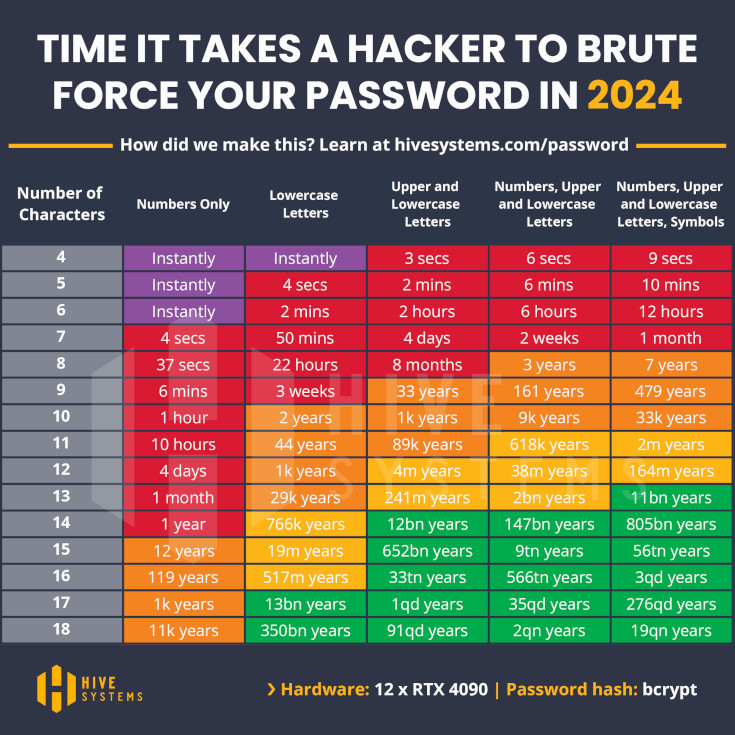How to Secure Your Online Accounts: A Cautionary Tale and Easy Fixes
Last week, I helped a business owner who was dealing with a major issue: her Facebook account had been hacked. Some sneaky person managed to gain access, make themselves an admin, and was on the verge of locking her out of her own business page. She only discovered the problem when she couldn’t log into her Instagram account, even though she was certain she had the correct password.
Why Did This Happen?
After looking into it, it became clear that someone likely obtained her password through a data breach or used a brute-force attack to guess it. The reason this was possible? She wasn’t using unique passwords for each account and hadn’t enabled 2-factor authentication (2FA). These are simple steps that could have prevented the whole ordeal.
How to Prevent This From Happening to You
Yes, it takes a bit of effort to secure your accounts, but trust me, the alternative is much worse. If someone gains control of your business accounts, they can wreak havoc—posting inappropriate content, driving away customers, and damaging your reputation. Reclaiming access to a hacked account can be a nightmare, and the damage done in the meantime can be long-lasting.
Let’s break down some easy steps to avoid this headache.
What is 2FA?
2-factor authentication (2FA) adds an extra layer of protection by requiring a second form of identification, beyond just your password. You can use apps like Aegis (the most private of these options), Authy, Google Authenticator, or Microsoft Authenticator to set this up.
One important tip: avoid using text messages for 2FA if possible. Some services still require this (like most banks), and while it’s better than nothing, it’s far from foolproof. Hackers can use something called a SIM swap attack, where they get your phone number assigned to their device without you knowing.
If you have no choice but to use SMS-based 2FA, consider using a service like Google Voice (free) or Sideline (paid), which are much less vulnerable to these types of attacks.
If you’d like a quick intro to 2FA in video form, check out NBTV’s video on it:
What Does Good Password Hygiene Look Like?
First and foremost, your passwords should be unique for every account. Each password should include numbers, uppercase and lowercase letters, and symbols, and it should be at least 16 characters long.
This graphic helps you understand how easy it is to break through simple passwords. Keep in mind that this is using 2024 compute power. Every year this power increases and once we get to quantum computing, this all goes out the window so the stronger you make them now, the longer they’ll last.

One trick is to use a passphrase—a sentence or fragment that’s easier to remember but long enough to be secure. Just don’t forget to mix in numbers and symbols.
Even better, use a password manager.
What is a Password Manager?
Trying to remember every password is asking for trouble. Since trying to remember all your passwords is an impossible task in today’s day and age, most people cope by using weak passwords or repeating them across accounts. A password manager lets you store all your passwords in one place, meaning you only need to remember one password, but most importantly, it’ll make it super easy to use very complex passwords. Most password managers auto-generate secure, complex passwords and can even autofill your login details across devices and browsers.
I recommend checking out Bitwarden—it’s a trusted and reliable option. We have no affiliation with them, but they have a solid track record.
For a great video on this topic, check out another NBTV video here:
In Conclusion
I know setting all this up may seem overwhelming at first, but I promise it’s worth it. It doesn’t take much effort to secure your accounts, and once it’s done, you’ll hardly notice the small inconvenience. What’s truly inconvenient is having your accounts stolen or hacked. Protecting your online presence is a small price to pay compared to the damage that can be done if your accounts are compromised.
Take these steps now to secure your business and your peace of mind!


